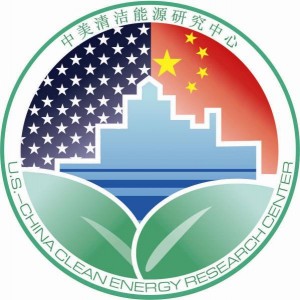
 Solar-reflective “cool” roofs are used in the U.S. to (i) decrease energy use, energy cost, and greenhouse gas (GHG) emissions via both reduced solar heat gain and lower outside air temperatures; (ii) offset GHG emissions via negative radiative forcing; and (iii) improve air quality and human health by reducing outside air temperatures. This project will quantify the potential energy and environmental benefits of cool roofs in China, especially carbon reduction. It will also help develop the infrastructure—including policies and rating systems—needed to promote the appropriate use of cool roofs in China. In particular, it seeks to:
Solar-reflective “cool” roofs are used in the U.S. to (i) decrease energy use, energy cost, and greenhouse gas (GHG) emissions via both reduced solar heat gain and lower outside air temperatures; (ii) offset GHG emissions via negative radiative forcing; and (iii) improve air quality and human health by reducing outside air temperatures. This project will quantify the potential energy and environmental benefits of cool roofs in China, especially carbon reduction. It will also help develop the infrastructure—including policies and rating systems—needed to promote the appropriate use of cool roofs in China. In particular, it seeks to:
- Understand through technical exchange the state of the art of materials, measurement techniques, and energy-efficiency standards for cool roofs
- Quantify for Chinese climates, urban design and building practices the benefits of cool roofs, such as energy savings, GHG reductions, urban cooling, improved air quality, and improved human health
- Assess for Chinese climates, urban design and building practices the advantages and disadvantages of cool roofs when compared to traditional roofs
- Initiate the infrastructure needed to promote the appropriate use of cool roofs in China
- Design (and possibly initiate) a large-scale cool roof/cool pavement demonstration project in China
Contacts:
Dr. Ronnen LEVINSON (US team lead)
Staff Scientist, Heat Island Group, Lawrence Berkeley National Laboratory
RMLevinson@LBL.gov
Dr. GAO Yafeng (China team lead)
Lecturer, Chongqing University
gaoyafeng79@gmail.com
Prof. YANG Shichao
Vice President, Guangdong Provincial Academy of Building Research
ysc8865@21cn.net